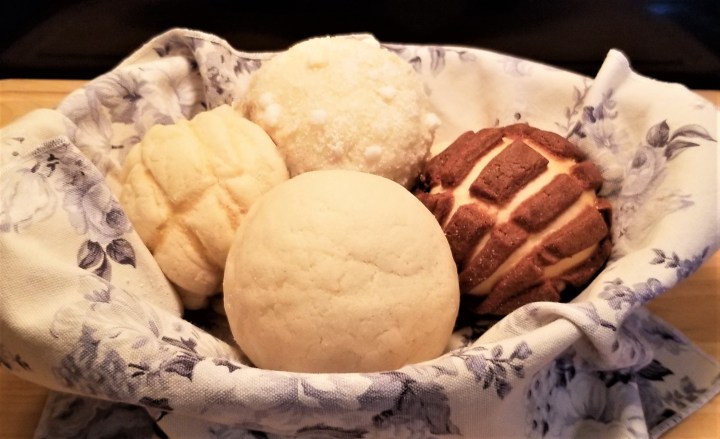
After covering the history of these delicious buns (and other look-alikes) in my previous post, I took the challenge to bake my own at home. I made a small batch, but included three kinds of conchas (white, modern, and chocolate), as well as chilindrinas, as shown in the photo above, counter clockwise from left.
Conchas and Chilindrinas
Ingredients (for eight buns, two of each kind: white, chocolate, and modern conchas, and chilindrinas)
2 cups flour
1/3 cup sugar
1 ½ tsp instant dry yeast
¼ tsp salt
1 large egg
½ tsp vanilla
¼ cup unsalted butter; at room temperature
¼ cup milk; lukewarm
2-4 tbsp water; lukewarm
1 tbsp oil; for brushing
Topping
½ cup margarine
¾ cup powdered sugar
1 cup flour
For chocolate topping: 1 tsp unsweetened cocoa powder
For chilindrinas: 1 tbsp milk; 2 tbsp granulated sugar and a few drops of water
Measure lukewarm milk in a measuring cup; reserve. Measure and place flour in a mixing bowl, and measure sugar and salt (photo below, left); measure one tablespoon of flour from the bowl (photo below, centre), and transfer to the measuring cup. Measure one teaspoon from the sugar (photo below, right):
Add to the measuring cup, then sprinkle instant yeast over (photo below, left); gently mix and allow to rest for five minutes. Meanwhile, sprinkle salt on the flour, near the wall of the bowl (photo, below, right):
Pour sugar at the centre of the bowl, then add egg, vanilla and butter (photo below, left); mix the ingredients in the middle first, then start incorporating the flour slowly, along with the yeast mix (photo below, centre). Continue mixing and incorporating the flour and salt, with hands and/or a spatula (photo below, right):
Once roughly incorporated, transfer to a clean working surface; if it is dry and crumbly, add lukewarm water, one tablespoon at a time (photo below, left). The dough should be sticky at first; knead vigorously with hands, pulling, pounding and folding; in the photo below, right, dough after five minutes of kneading:
Continue kneading until dough becomes elastic; in the photo below, left, dough after ten minutes of kneading is becoming less sticky, but still breaks when stretched. At the centre, dough after fifteen minutes of kneading, showing elasticity as it is stretched very thin without tearing. Gather the edges of the dough around, pinching towards the centre to form a smooth ball. Lightly grease the mixing bowl, place dough with the seam facing down, and lightly grease top with oil; cover with a clean cloth (photo below, right):
Allow the dough to rest in a warm spot; some people in Mexico place the bowl outdoors on sunny days, but I prefer a corner in the kitchen, away from drafts. Instant yeast does not require the dough to double in volume at this point, but it is a good practice to let the dough rest for a few minutes. While the dough rests, prepare the toppings: mix the margarine, powdered sugar and flour in a bowl until soft and uniform (photo below, left). Form into a ball, flatten slightly on the working surface. Cut in half, then one side in half again (photo below, right):
For the white and modern conchas, reserve one half as it is. For the chocolate conchas: Take one quarter of the paste from the other half and add cocoa powder (photo below, left); mix together to obtain a uniformly coloured brown paste (photo below, right):
Reserve chocolate topping. For the chilindrinas: Take the last quarter of the paste, place back in the bowl and add milk (photo below, left). Mix to form a thick but spreadable paste (photo below, centre); reserve. Finally, place granulated sugar in a container and sprinkle with water, just to slightly moisten, and let rest for a couple of minutes, then gently break into clumps; do not overwork (photo below, right):
Set up all the toppings on the working surface, counter clockwise from top, left: white topping, chocolate topping, spreadable paste and lumpy sugar:

Prepare two baking trays by lining with parchment paper; set aside. It took me about forty minutes to prepare the toppings, prepare the baking trays, and wash a few dishes. The photos below show the dough before (left) and after (right) that time. As mentioned before, the dough does not need to double in volume because of the instant yeast, but it did grow a little and has become softer and more manageable:
Transfer to the working surface, punch down and knead for one or two minutes, then divide into eight pieces. Working with one piece at a time, gather edges, pinching toward the centre, place on working surface with the seam down, and roll under a cupped hand to form a smooth ball. Place on prepared tray, flatten to a thick disc and slightly brush with oil. Repeat with each piece of dough, placing four balls per tray:

To top white conchas: take white paste and divide into quarters; working with one quarter at a time, form into a ball, then flatten into a thin disc, preferably placing a piece of plastic film underneath for easy removal:

Place disc on top of a bun; the disc must completely cover the bun. Repeat with the rest of the paste. For classic white conchas, carefully score some lines on the topping to simulate a seashell (photo below, buns on the left), and for conchas modernas, leave the topping as a smooth disc (buns on the right):

Continue with the chocolate topping, dividing the paste in half, then proceeding as with the white paste, to cover and score two buns from the second tray:
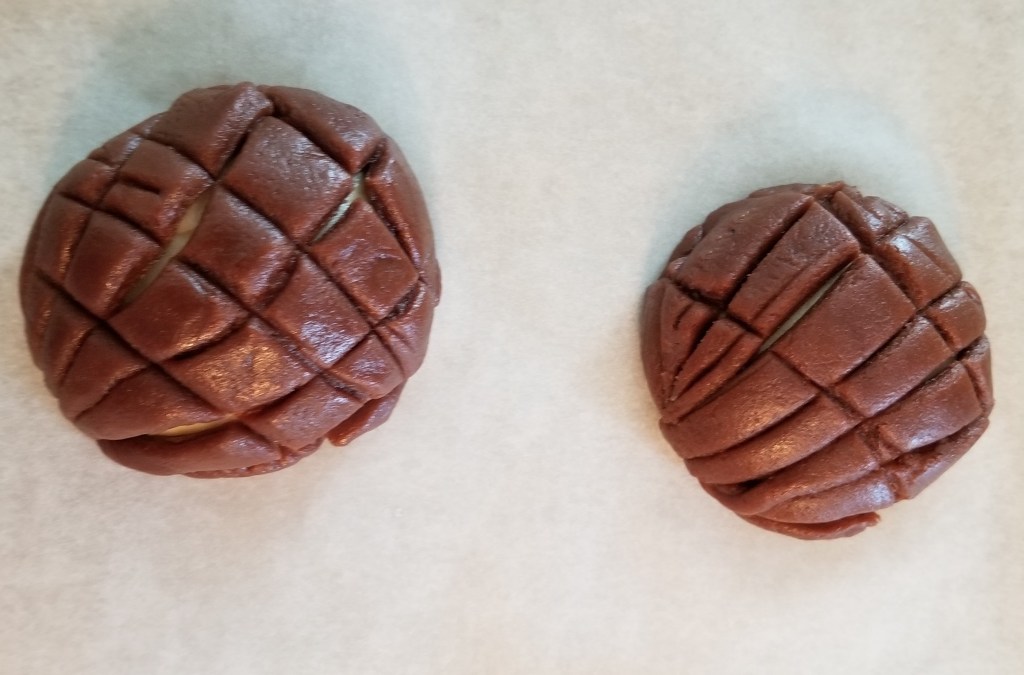
For the chilindrinas, spread a generous amount of the thick paste on each bun (photo below, left); top with lumpy sugar, making sure to include big clumps on each bun (photo below, right):
There might be some spread and lumpy sugar leftover. Allow the buns to rest until they almost double their size. In the photo below, the buns after resting for one hour and a half (notice how the toppings have spread out:

Preheat oven to 375°F (190°C), place trays inside and then reduce temperature to 350°F (180°C). Bake for 15 to 20 minutes, turning trays 180 degrees so the front now faces the back of the oven, and switching trays from top to bottom and vice versa, to bake evenly. The toppings will dry but will not change colour, so check the bottom of the buns until they are golden brown. Remove from the oven and allow to reach room temperature on cooling trays:

In Mexico, the main meal of the day is served around 2 pm (la comida), so these and other traditional pastries (pan dulce) are usually reserved for a light supper in the evening; however, many people break the bread as a midday snack or to enjoy dunked in a cup of coffee in the morning:
I am sharing this recipe at What’s for Dinner? Sunday Link-Up #255 with Helen @ The Lazy Gastronome.
I am sharing my recipe at Over the Moon #227, graciously hosted by Bev @ Eclectic Red Barn, and Marilyn @ Marilyn’s Treats.
I am bringing my recipe to Thursday Favourite Things #442 with Bev @ Eclectic Red Barn, Pam @ An Artful Mom, Katherine @ Katherine’s Corner, Amber @ Follow the Yellow Brick Home, Theresa @ Shoestring Elegance and Linda @ Crafts a la Mode.
I am also bringing my recipe to Full Plate Thursday #487 with Miz Helen @ Miz Helen’s Country Cottage.
I am joining Fiesta Friday # 331 with Angie @ Fiesta Friday, this week co-hosting with Liz @ Spades, Spatulas & Spoons.




















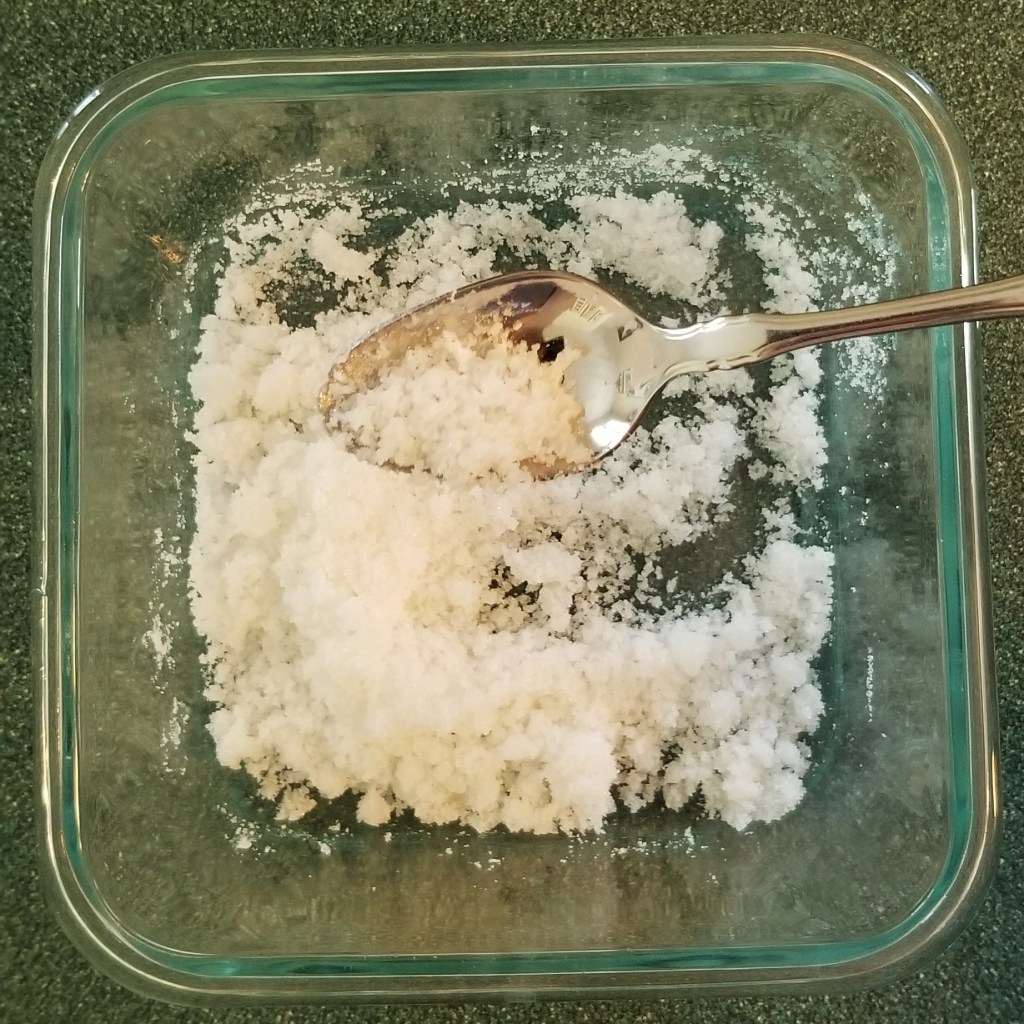
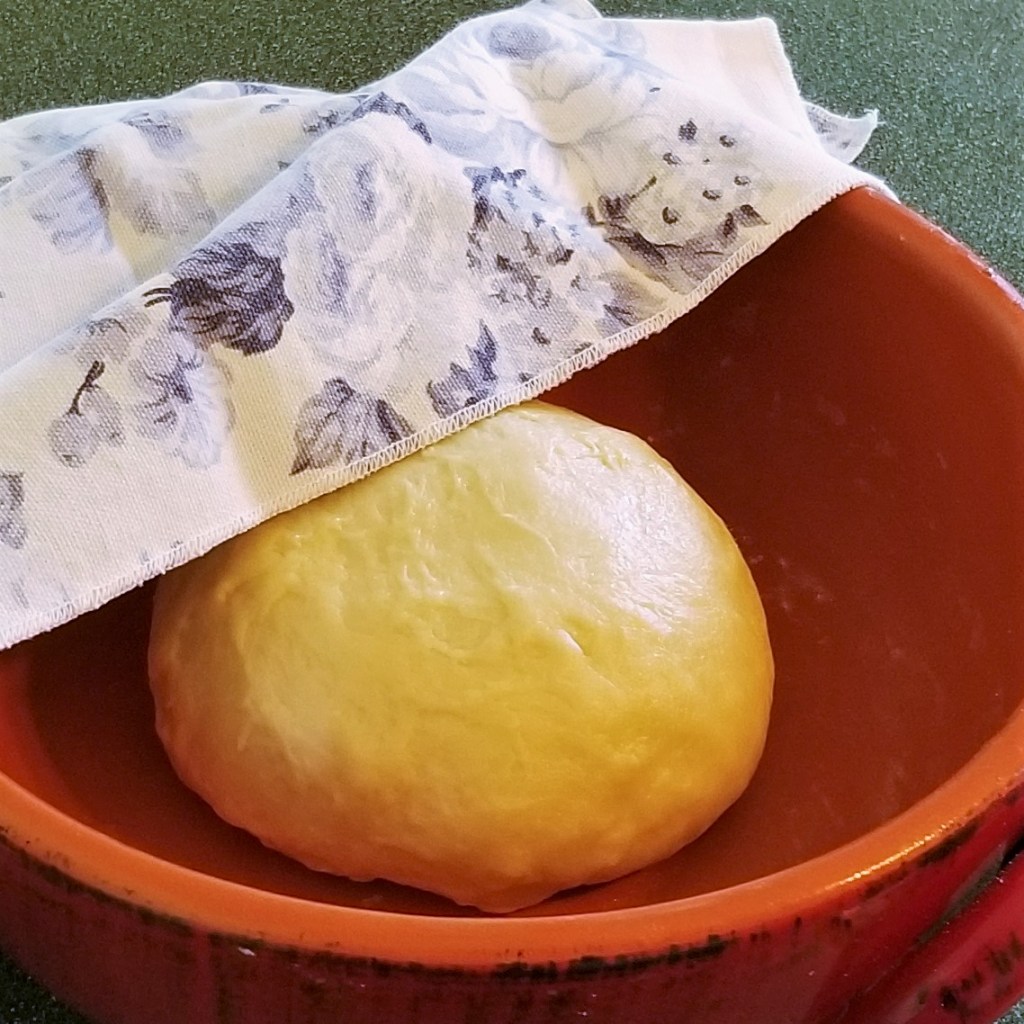
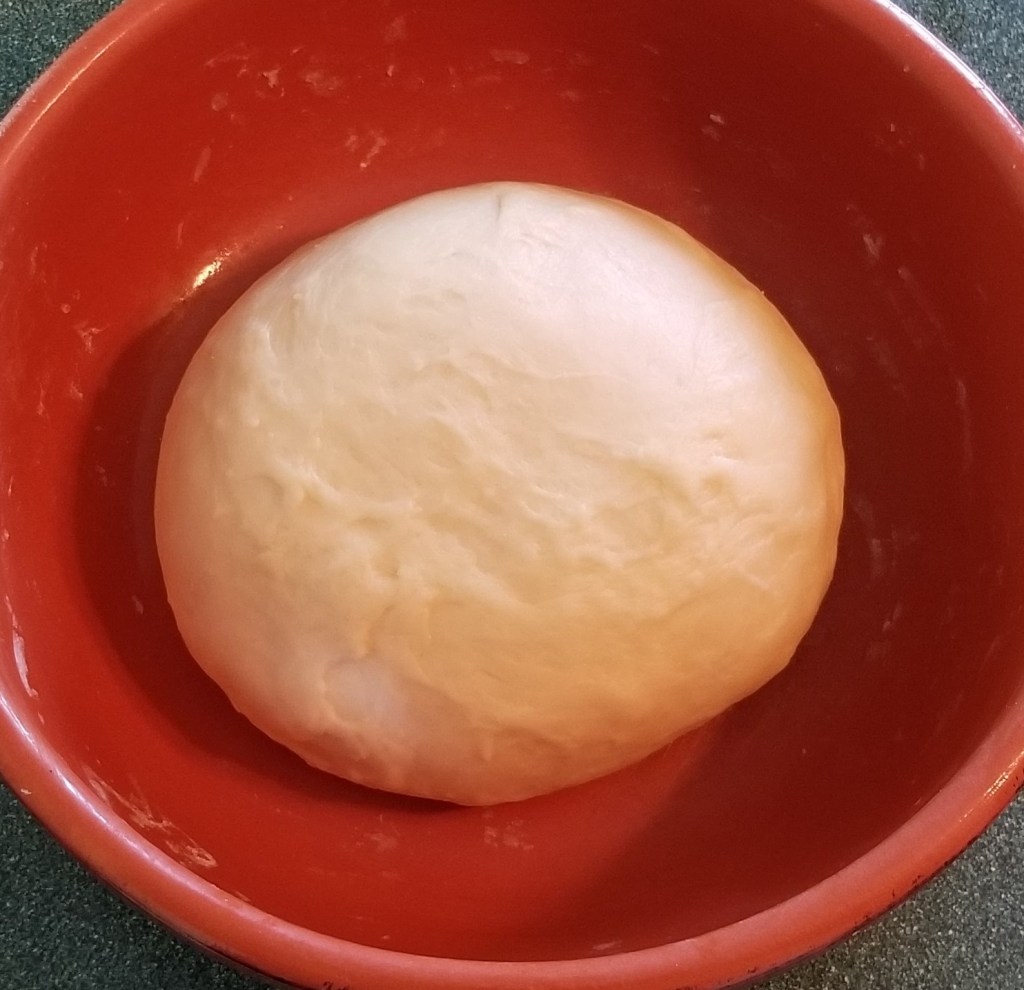
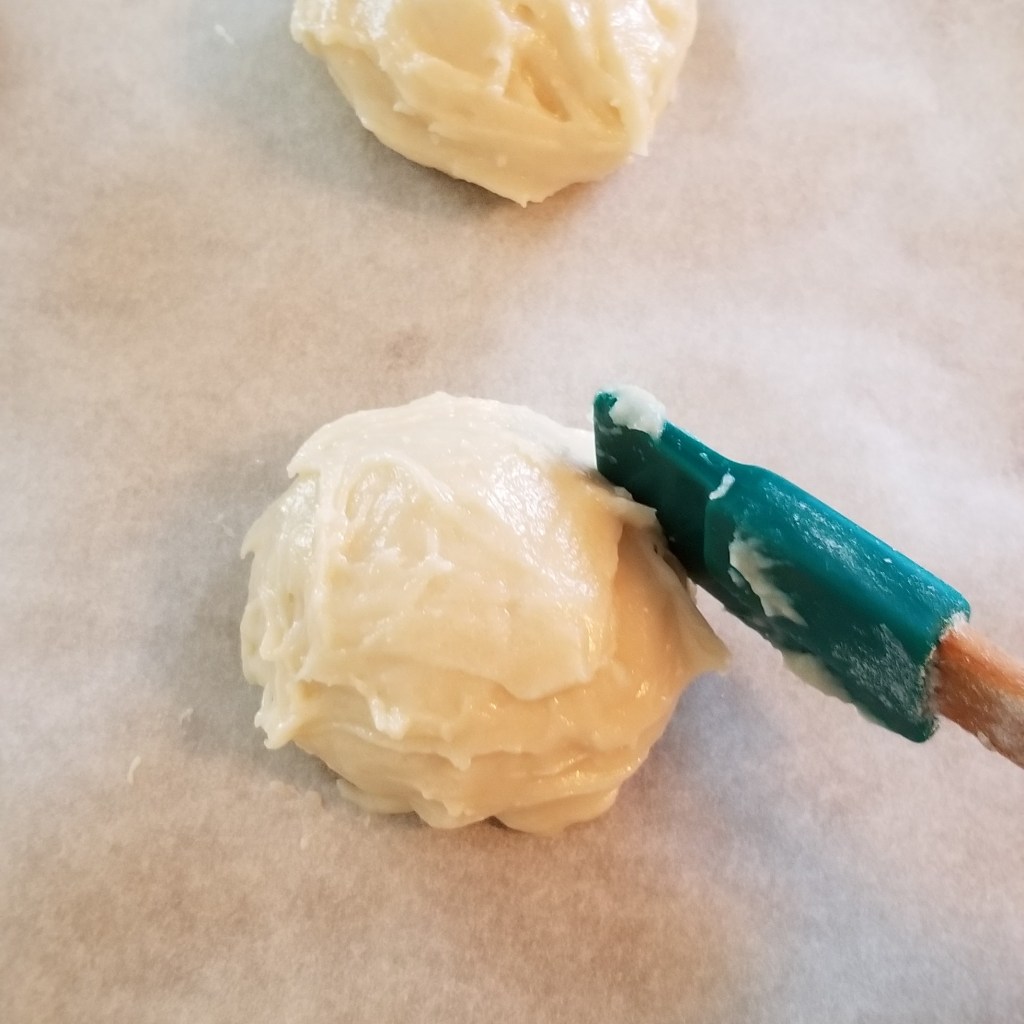



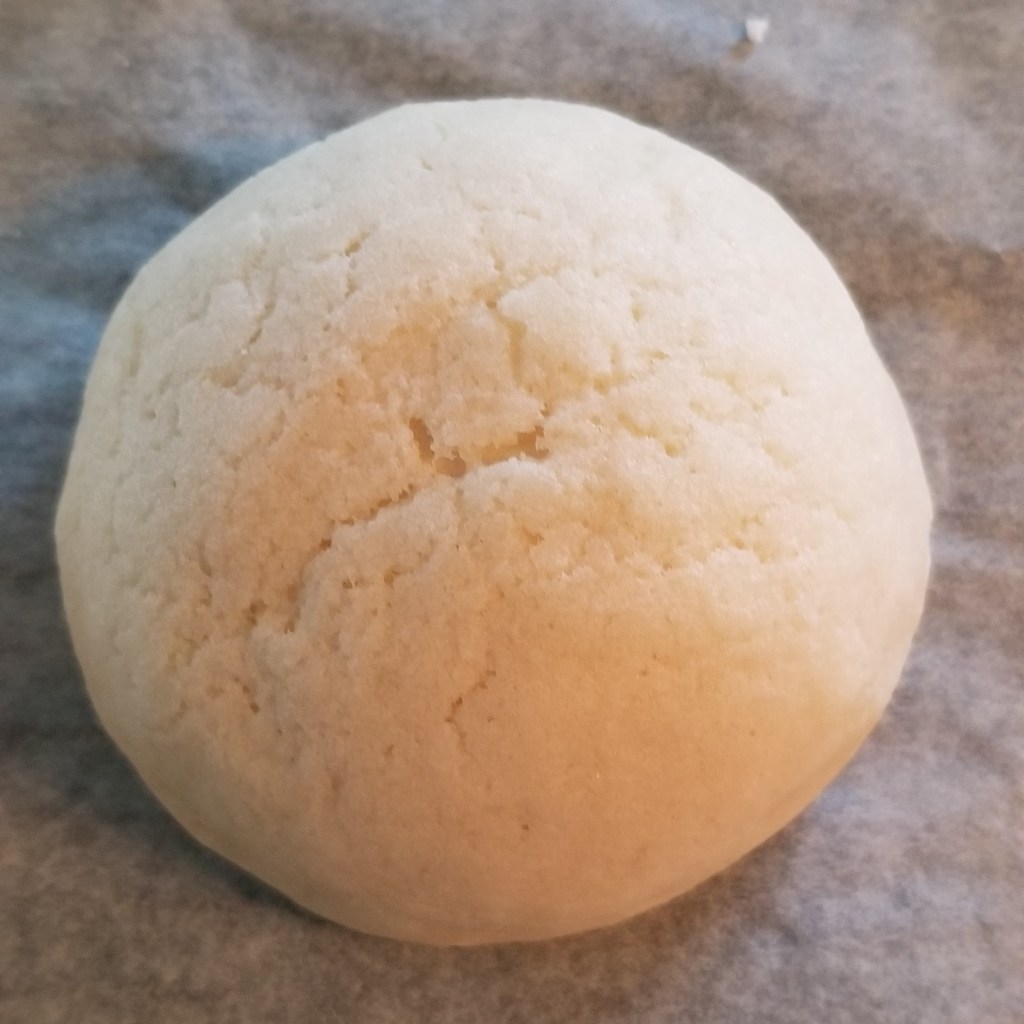
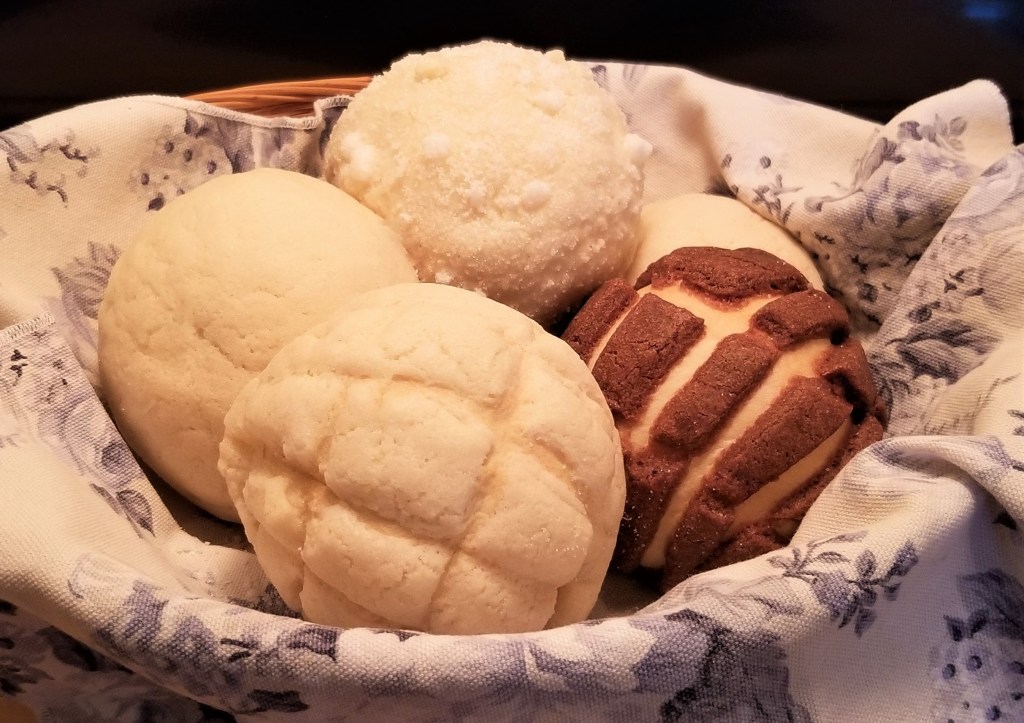







They look yummy, Irene.
LikeLike
They were (all gone now, hehe) Thank you, Punam!
LikeLike
Oh, I love pan dulce! Made some of these years ago. Thinking I need to make some again. 😁
LikeLiked by 1 person
Irene, I can feel your love for these wonderful buns in your write up!
LikeLike
Thank you! They are part of Mexican culture to the core, for sure. 😋
LikeLiked by 1 person
********************************************************
Thank you for sharing at #OverTheMoon. Pinned and shared. Have a lovely week. I hope to see you at next week’s party too! Please stay safe and healthy. Come party with us at Over The Moon! Catapult your content Over The Moon! @marilyn_lesniak @EclecticRedBarn
********************************************************
LikeLiked by 1 person
Thank you, Marilyn, and thank you for hosting!
LikeLike